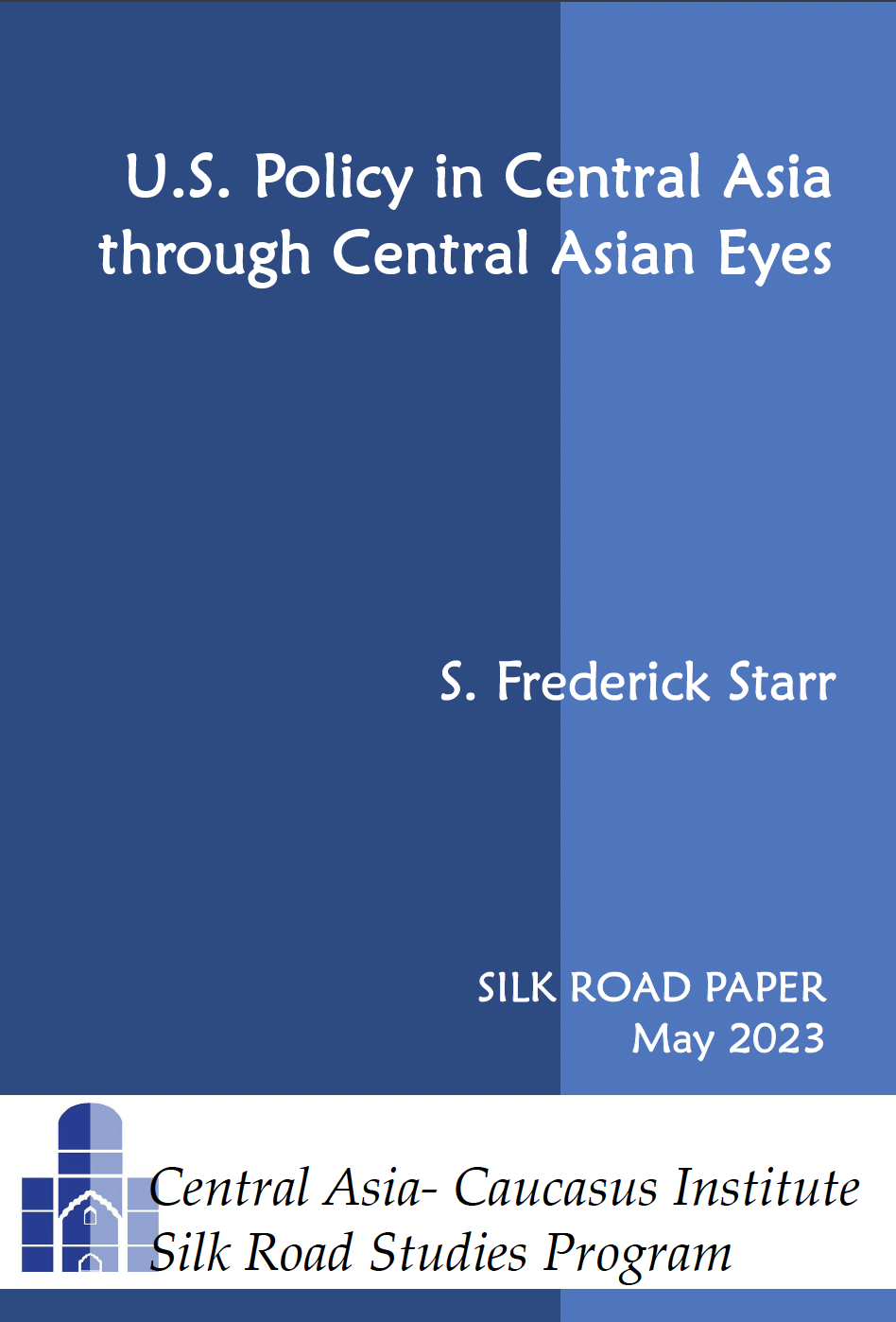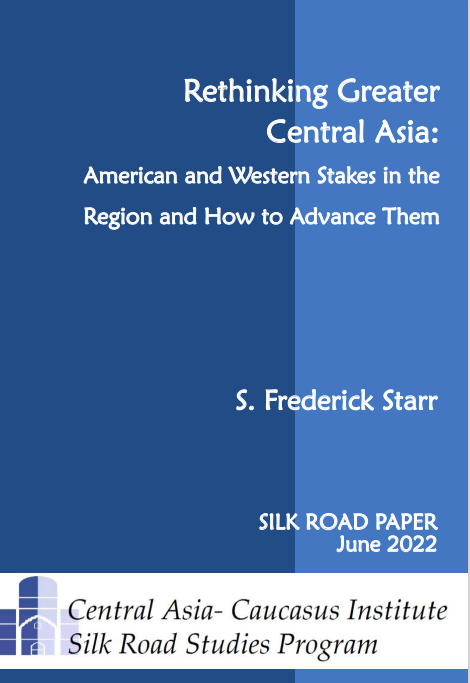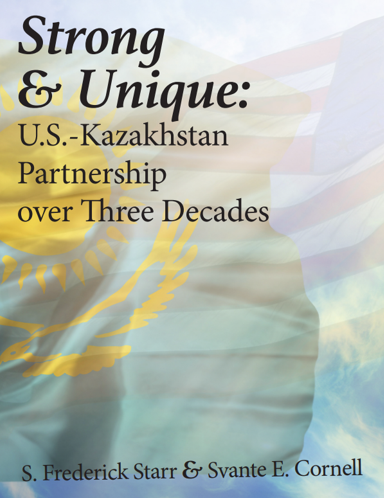Triggered by the murder of a senior security official, a conflict has recently erupted between government forces and former warlords in eastern Tajikistan. Although many different factors might have played into the government’s decision to order the military operation, at its core the intrusion aimed at completing the regime’s long-term agenda of eradicating former opposition commanders. By ordering the military operation in GBAO, the central government has demonstrated that it will no longer permit former opposition commanders or any other groups or individuals to rival the power of state organs in the country.
BACKGROUND: On July 24, the government of Tajikistan sent special-purpose police units and army troops into Khorog, the capital of the Mountainous Badakhshan Autonomous Province (commonly known by its Russian acronym GBAO), in the country’s east. Hundreds of troops supported by helicopter gunships and armoured vehicles marched into the town on the border with Afghanistan, cutting it off from the rest of the country. Landline, mobile, and internet connections to the isolated region were disconnected.
Officially the offensive was ordered to capture four local strongmen accused by the government of involvement in the killing of Major-General Abdullo Nazarov, the head of the provincial branch of the State Committee on National Security (GKNB, formerly the KGB), on July 21. The authorities claim that the main perpetrator of the general’s death was his subordinate within the regional GKNB branch, Colonel Tolib Ayombekov, who had served as deputy head of a border post on the frontier with Afghanistan. Ayombekov denied the charge. Nevertheless, following the general’s death, the government demanded that Ayombekov and three other local strongmen – Imomnazar Imomnazarov, Mamadboqir Mamadboqirov and Yodgor Shomusallamov – turn themselves in to the police. At the same time, the authorities publicly accused the four individuals of being involved in the smuggling of narcotics, tobacco, and gemstones, and also in human trafficking and banditry.
These accusations and the news that troops were deployed to Khorog prompted the strongmen to arm their supporters and fight back the government forces. The standoff in the town on July 24 claimed at least 40 lives, with the government admitting that 12 of its troops were killed and another 23 injured. The authorities also claim they detained 40 rebels, including eight Afghan citizens, and killed about 30 others. The alleged involvement of Afghan militants in the standoff led the government to close the border with its southern neighbor and request Kabul to reinforce its control of the other side of the frontier. Reportedly, there were also some 20 civilian casualties.
The failure of the heavy-handed approach to deliver the expected outcome prompted President Emomali Rahmon to announce a ceasefire on July 25, while demanding that militants lay down their arms and Ayombekov surrender. Following talks with the government, Ayombekov who had been wounded during the offensive turned himself in on August 12. This appeared to normalize the situation in the region, but the murder of Imomnazarov by unknown assailants on August 22 put the process in jeopardy again. Angered by the strongman’s death, dozens of young people attempted to storm the regional administration office, prompting police to open fire and injure two protesters. As a rally in front of the building drew thousands of protesters, the authorities agreed to withdraw troops from the province.
IMPLICATIONS: Since the beginning of the military operation in Khorog, there has been a lot of speculation about its causes and possible objectives. Some opposition activists have described the intrusion as an attempt at “ethnic cleansing” directed against the residents of the province, collectively referred to as Pamiris. Security officials in Dushanbe have portrayed the operation as targeting criminals linked with militant groups in Afghanistan. Some media, particularly in Russia, explained the standoff between the central government and local strongmen as part of the competition for control of drug trafficking routes. In reality, however, the offensive has been aimed at imposing the central government’s full control of the quasi-autonomous province while pushing aside its “informal” leaders who wielded significant extra-legal power in the region.
GBAO was given the status of an “autonomous” province during the Soviet period because its residents constituted a distinct ethnic minority. The province consists of a number of interconnected high-altitude valleys in which people have retained their unique identities, traditions, and vernaculars that have little in common with the Tajik language. Moreover, the Pamiris belong to the Shia Ismaili branch of Islam, while the people living in other parts of the country are predominantly Sunni Muslims. Although the Soviet rulers did much to iron out the differences between the Pamiris and the rest of the Tajik people, the civil war fought in 1992-97, shortly after Tajikistan’s independence, reinforced the divisions.
At the onset of the war, the Pamiris forged an alliance with the Islamic and Democratic forces, collectively known as the United Tajik Opposition (UTO), which fought against the ex-communist apparatchiks supported by powerful militias from the Kulyab region. As the latter gained control of the country’s southern regions and the capital, Pamiri militias retreated to GBAO where high mountains and narrow valleys provided them with a secure defensive barrier. From early 1993 onwards, the commanders of these militias became the dominant political force in the region. They enjoyed broad popular support and came to be regarded as “heroes” because they defended the region from outsiders and used the profits made from the smuggling of gemstones and drugs to supply the local people with imported foodstuffs, thus saving them from starvation. Ayombekov became a de facto leader of these militias after his prominent brother, Abdulamon (aka “Hunchback Alyosh”), was assassinated in 1994. The other three strongmen targeted by the government also achieved prominence during the civil war.
As part of the peace process negotiated in 1997, many former opposition militants were incorporated into the state security services. Ayombekov was appointed commander of police battalion in Khorog and later, in 2008, deputy head of the Ishkashim border post. Although these assignments provided Ayombekov with little formal power, he continued to serve as the region’s informal leader, while Imomnazarov, Mamadboqirov, and Shomusallamov also retained influence. These leaders often served as informal arbiters and “defenders” of the local residents in disputes with the regional administrators, judges, prosecutors, and police officials. Many Pamiris acquiesced with the special extra-legal role played by Ayombekov and other strongmen because they were seen as “local” and “more just” in contrast with the “outsider” and “corrupt” officials. Yet, cognizant of the limitations and sources of their power, the “unofficial leaders” never challenged directly the authority of the central government, particularly of the country’s president.
This arrangement was bound to come to an end as the regime pushed aside or eradicated all but a few civil war-era commanders who had been previously incorporated into the state. In the early 2010s, GBAO effectively remained the last region where the central government had to reckon with former warlords. Their sidelining began in early 2011 when a number of key border officials in the region were replaced and the local branch of the GKNB was strengthened by senior personnel dispatched from Dushanbe. Then, in early July 2012, army troops held massive military drills in the region. The central authorities needed only a reason to launch a crackdown against Ayombekov and the other “informal leaders,” and the murder of Nazarov – who had also been a UTO member in the past – provided such a reason.
CONCLUSIONS: By ordering the military operation in GBAO, the central government has demonstrated that it will no longer permit former opposition commanders or any other groups or individuals to rival the power of state organs in the country. In the longer term, however, the regime’s desire to fully control the isolated province will inevitably come into conflict with the special role that the Aga Khan, the spiritual leader of the world’s Ismailis, plays there. In addition to effectively lifting the Pamiris from poverty and providing many of them with jobs and western education, the Aga Khan wields influence in the region that the Dushanbe government cannot match. Thus, when Ayombekov and his supporters handed themselves in to the authorities, they announced that their decision to do so was prompted by a request from the Aga Khan rather than the calls from Dushanbe. How the imminent conflict between the central government’s policy of power consolidation and the growing role of the Aga Khan in the region will play out remains to be seen.
AUTHOR’S BIO: Alexander Sodiqov taught at the Russian-Tajik Slavonic University in Dushanbe, Tajikistan in 2009-2010. He is now a PhD student at the University of Toronto.






 Book S. Frederick Starr and Svante E. Cornell,
Book S. Frederick Starr and Svante E. Cornell,